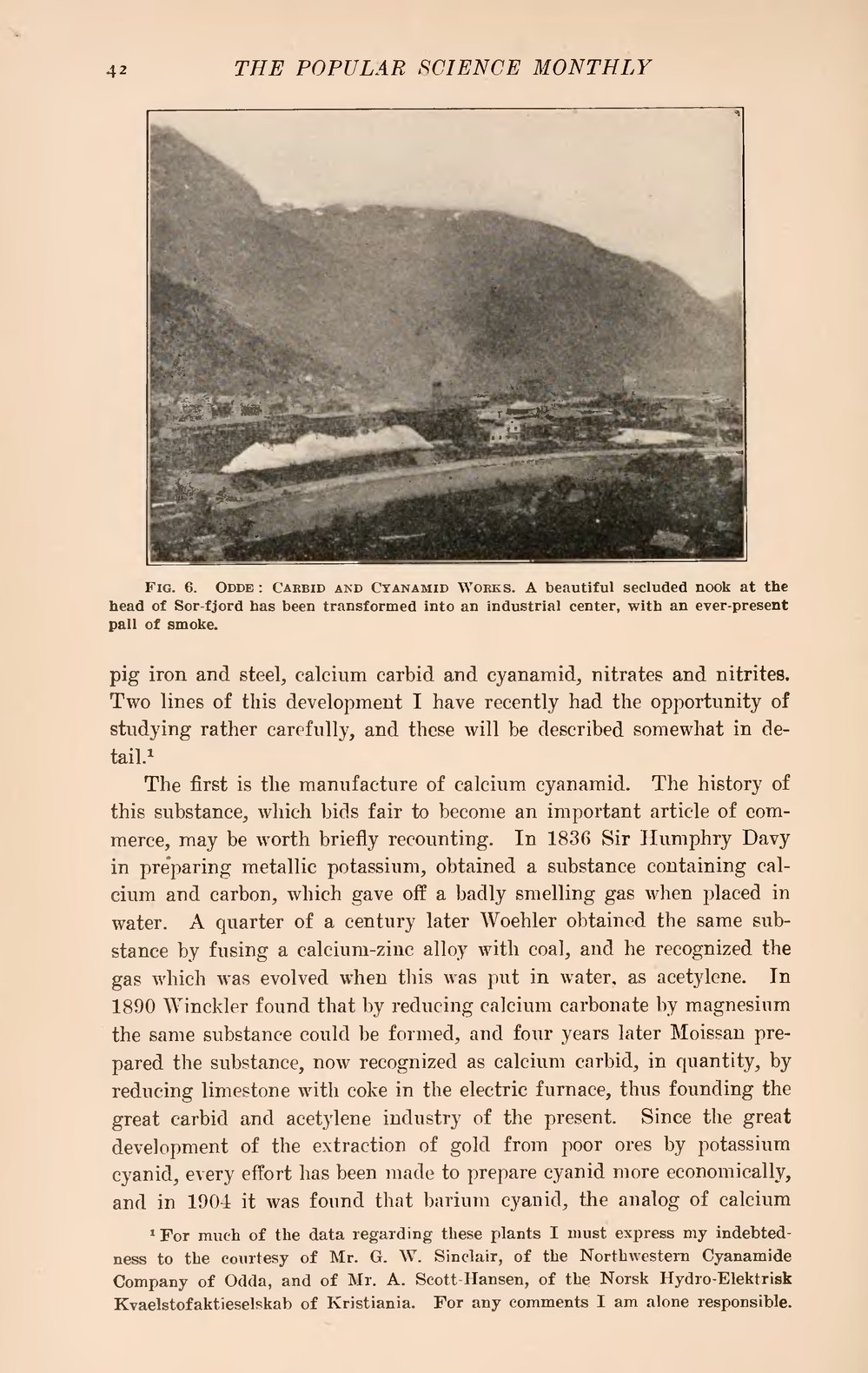Fig. 6. Odde: Carbid and Cyanamid Works. A beautiful secluded nook at the head of Sor-fjord has been transformed into an industrial center, with an ever-present pall of smoke.
pig iron and steel, calcium carbid and cyanamid, nitrates and nitrites. Two lines of this development I have recently had the opportunity of studying rather carefully, and these will be described somewhat in detail.[1]
The first is the manufacture of calcium cyanamid. The history of this substance, which bids fair to become an important article of commerce, may be worth briefly recounting. In 1836 Sir Humphry Davy in preparing metallic potassium, obtained a substance containing calcium and carbon, which gave off a badly smelling gas when placed in water. A quarter of a century later Woehler obtained the same substance by fusing a calcium-zinc alloy with coal, and he recognized the gas which was evolved when this was put in water, as acetylene. In 1890 Winckler found that by reducing calcium carbonate by magnesium the same substance could be formed, and four years later Moissan prepared the substance, now recognized as calcium carbid, in quantity, by reducing limestone with coke in the electric furnace, thus founding the great carbid and acetylene industry of the present. Since the great development of the extraction of gold from poor ores by potassium cyanid, every effort has been made to prepare cyanid more economically, and in 1904 it was found that barium cyanid, the analog of calcium
- ↑ For much of the data regarding these plants I must express my indebtedness to the courtesy of Mr. G. W. Sinclair, of the Northwestern Cyanamide Company of Odda, and of Mr. A. Scott-Hansen, of the Norsk Hydro-Elektrisk Kvaelstofaktieselskab of Kristiania. For any comments I am alone responsible.

